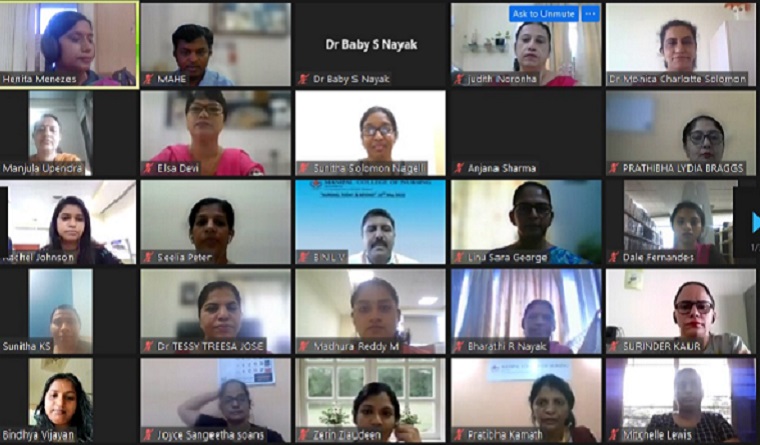Satish Rao JHU: Innovator in Biomedical Engineering

In the world of biomedical engineering, few names stand out as prominently as Satish Rao JHU. As a leading figure at Johns Hopkins University (JHU), Rao has made significant contributions to the field, blending innovation with practical applications that have transformed healthcare technologies. His work not only exemplifies academic excellence but also bridges the gap between research and real-world solutions, making him a pivotal figure in biomedical engineering innovations.
Satish Rao JHU: Pioneering Biomedical Engineering Research

Satish Rao’s journey at JHU has been marked by groundbreaking research in biomedical engineering. His focus on developing cutting-edge medical devices and technologies has positioned him as a leader in the field. Rao’s work is characterized by its interdisciplinary approach, combining engineering principles with biological sciences to create solutions that address critical healthcare challenges.
Key Contributions to Biomedical Engineering
- Medical Device Development: Rao has spearheaded the creation of advanced medical devices that improve patient outcomes. His innovations include wearable health monitors and minimally invasive surgical tools.
- Tissue Engineering: His research in tissue engineering has paved the way for regenerative medicine, offering hope for patients with organ failure or severe injuries.
- Educational Impact: Beyond research, Rao has mentored countless students, fostering the next generation of biomedical engineers.
📌 Note: Satish Rao’s contributions have been recognized globally, earning him numerous awards and accolades in the field of biomedical engineering.
The Impact of Satish Rao’s Innovations on Healthcare

The innovations led by Satish Rao JHU have had a profound impact on healthcare. His work has not only advanced medical technology but also improved accessibility and affordability of treatments. For instance, his wearable health devices enable continuous monitoring, allowing for early detection of health issues and personalized care.
Real-World Applications of Rao’s Research
- Chronic Disease Management: Devices developed under Rao’s guidance help manage conditions like diabetes and heart disease more effectively.
- Surgical Precision: His minimally invasive tools reduce recovery times and enhance surgical outcomes.
- Global Health Impact: Rao’s technologies are being adopted in underserved regions, bridging the healthcare gap.
| Innovation | Application | Impact |
|---|---|---|
| Wearable Health Monitors | Continuous health tracking | Early disease detection |
| Minimally Invasive Tools | Surgical procedures | Reduced recovery time |
| Tissue Engineering | Regenerative medicine | Organ repair and replacement |

How Satish Rao JHU is Shaping the Future of Biomedical Engineering

Satish Rao’s vision extends beyond current achievements. He is actively involved in shaping the future of biomedical engineering through collaborative research and innovation. His efforts at JHU focus on integrating artificial intelligence (AI) and machine learning (ML) into medical devices, promising even more personalized and efficient healthcare solutions.
Emerging Trends in Biomedical Engineering
- AI-Driven Diagnostics: Rao’s team is developing AI algorithms to analyze medical data, improving diagnostic accuracy.
- Personalized Medicine: His research aims to tailor treatments based on individual genetic profiles.
- Sustainable Healthcare Technologies: Rao emphasizes eco-friendly designs in medical devices, aligning with global sustainability goals.
Checklist for Aspiring Biomedical Engineers

For those inspired by Satish Rao JHU and looking to enter the field of biomedical engineering, here’s a checklist to guide your journey:
- Educational Foundation: Pursue a degree in biomedical engineering or a related field.
- Interdisciplinary Learning: Gain knowledge in biology, engineering, and computer science.
- Hands-On Experience: Engage in research projects or internships to apply theoretical knowledge.
- Stay Updated: Follow emerging trends in medical technology and healthcare.
- Network: Connect with professionals and join relevant organizations.
What is Satish Rao’s primary focus in biomedical engineering?
+Satish Rao primarily focuses on developing advanced medical devices, tissue engineering, and integrating AI into healthcare technologies.
How has Satish Rao impacted global healthcare?
+His innovations, such as wearable health monitors and minimally invasive tools, have improved accessibility and efficiency of healthcare globally.
What emerging trends is Satish Rao exploring in biomedical engineering?
+He is currently exploring AI-driven diagnostics, personalized medicine, and sustainable healthcare technologies.
Satish Rao’s work at JHU exemplifies the transformative power of biomedical engineering. His innovations have not only advanced medical technology but also improved lives globally. Aspiring engineers can draw inspiration from his interdisciplinary approach and commitment to solving real-world problems. By staying at the forefront of research and education, Rao continues to shape the future of healthcare, leaving a lasting legacy in the field. Biomedical engineering innovations, Johns Hopkins University, Satish Rao JHU.



